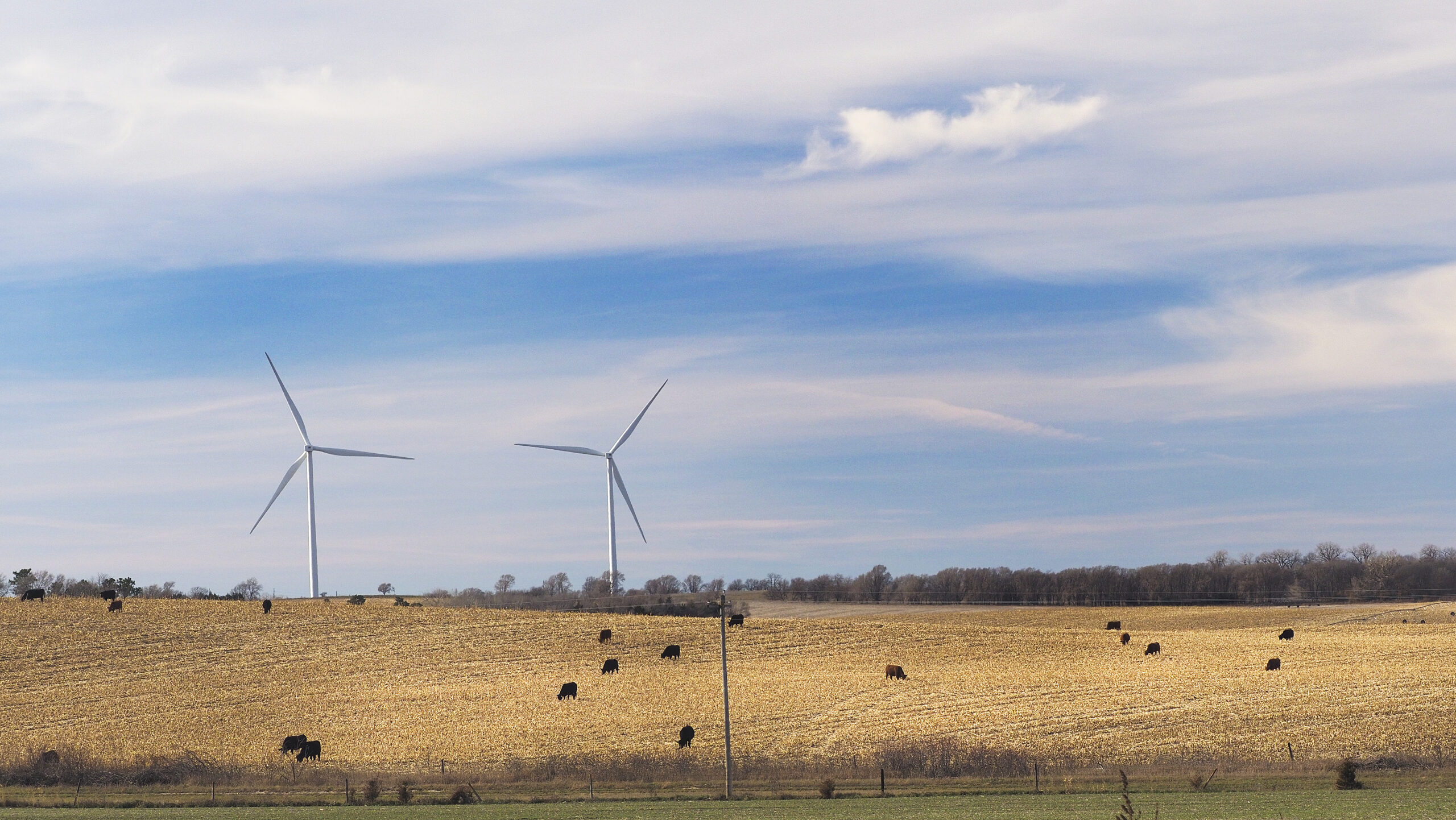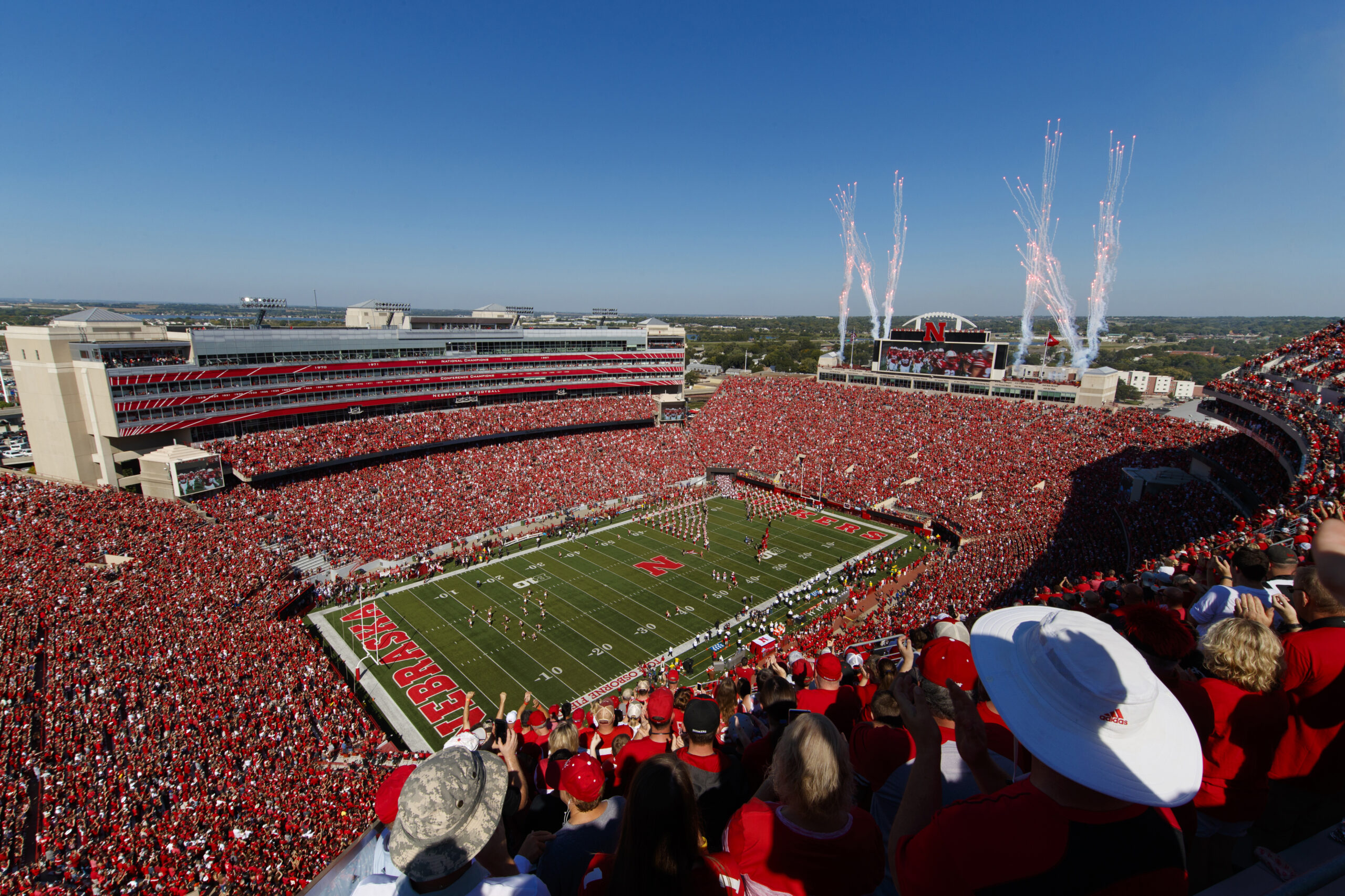Nebraska’s energy system faces a critical turning point, according to a new report released by the Nebraska Chamber Foundation. While the state has long benefited from some of the nation’s most affordable and reliable electricity, surging demand driven by data centers, manufacturing and industrial agriculture threatens to outpace supply, raising alarms for economic development leaders and utilities alike.
“Nebraska, compared to peer states, has some of the most affordable and reliable energy in the country,” said Hunter Traynor of the Nebraska Chamber of Commerce and Industry.
The report, prepared by consulting firm ScottMadden, outlines the state’s current energy landscape and projects a significant increase in electricity demand through 2035. It emphasized both the strengths and structural challenges of Nebraska’s power grid, urging immediate action to maintain economic momentum.
Key takeaways
Nebraska’s electricity demand is increasing at a pace not seen in generations. Industries that require a lot of power, such as cloud computing, artificial intelligence, ethanol and hydrogen production, are rapidly growing throughout the state. According to the report, industrial users already account for 45% of total energy consumption, with load forecasts rising by hundreds of megawatts as new customers seek to connect.
“We don’t have the power we need to support ongoing economic growth in our state in a lot of cases, and it’s not available to us immediately,” said Josh Moenning of New Power Nebraska. “Uncertainty is the death knell for business investment.”
One of the biggest obstacles: The Southwest Power Pool’s interconnection queue, where new projects can wait more than five years before connecting to the grid. As of late 2024, more than 80,000 MW of generation capacity is pending, with wind and solar projects accounting for a significant share.
Renewable promise, local pushback
Nebraska’s public power model has kept rates low and ensured dependable service. In 2022, coal provided 60% of the state’s electricity, while wind accounted for 19%, nuclear power for 17% and natural gas for 3%. Nebraska ranks third nationally for land-based wind capacity additions and has growing solar potential.
Yet developers face mounting local opposition and zoning hurdles that delay or derail renewable energy projects. “The biggest thing holding back … solar and wind, it’s really the local opposition,” said Dustin Marvel, a spokesman for the Omaha Public Power District (OPPD). “It’s a vocal minority that is really standing in the way of billions of dollars of economic opportunity.”
Despite these challenges, renewable energy has become a lucrative economic engine. Moenning noted that land leases for wind and solar projects now pay $40 million annually to Nebraska farmers and landowners.
Utility action plans
Nebraska’s major utilities, OPPD, the Nebraska Public Power District (NPPD) and the Lincoln Electric System (LES), are working to increase capacity while transitioning toward net-zero carbon emissions by 2040-2050. OPPD plans to add 2.5 GW of new generation over the next decade, including wind, solar, storage and gas. LES and NPPD are expanding clean energy portfolios and introducing dynamic rate structures to manage demand.
The state’s energy affordability remains a strength. Nebraska ranked among the six lowest-cost states in 2023 for average electricity prices, supported by a mix of public power governance, low-cost generation and efficient infrastructure.
Still, affordability cannot be maintained without substantial investment and coordination. “The ability to build power at scale is going to have downstream positive effects from the economic development standpoint on local communities,” Traynor said.
Policy recommendations
To meet demand and remain competitive, the report recommended three key strategies:
- Public education to build support for energy infrastructure
- Streamlined permitting and zoning to accelerate renewable development
- Flexible rate schedules and innovative partnerships to attract large customers and facilitate interconnection
“We need an all-of-the-above energy strategy,” Traynor said. “We need an all-in mentality from interested parties … and we need all-in support from the public and better education.”
A pivotal moment
The Nebraska Chamber Foundation hopes the report will serve as a foundation for statewide dialogue and coordinated action. As industries with strict sustainability targets eye Nebraska for expansion, utility leaders, policymakers and the public must align quickly to keep the lights on.
“If we want to see even our existing companies flourish in the future, we’re going to have to solve this problem in front of us,” said Ron Tillery of the Phelps County Development Corporation.
You can read the executive summary of Nebraska’s Energy Future report here.





Leave a Reply